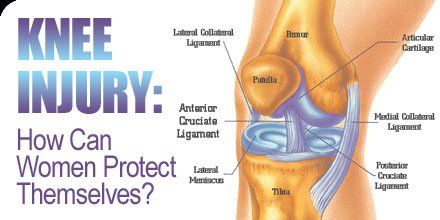Female athletes are up to eight times more likely to suffer knee injuries during their careers than males, and now researchers may be closer to understanding why.
A recent study of 10 female and 10 male NCAA athletes completed within the Department of Biomedical Engineering at the Cleveland Clinic found that female athletes tend to land from a jump with a more flexed ankle, the foot rolling outward with an elevated arch, and more knee abduction and knee internal rotation compared to male athletes.
When fatigued, differences between women and men in these movements and loads were even larger, possibly explaining why females may be at greater risk of non-contact anterior cruciate ligament (ACL) injury during landing
FULL STORY


